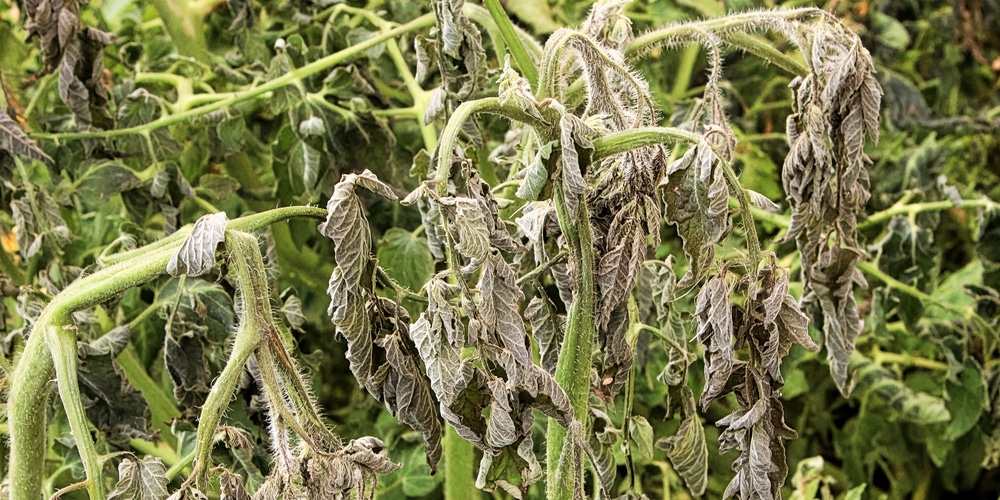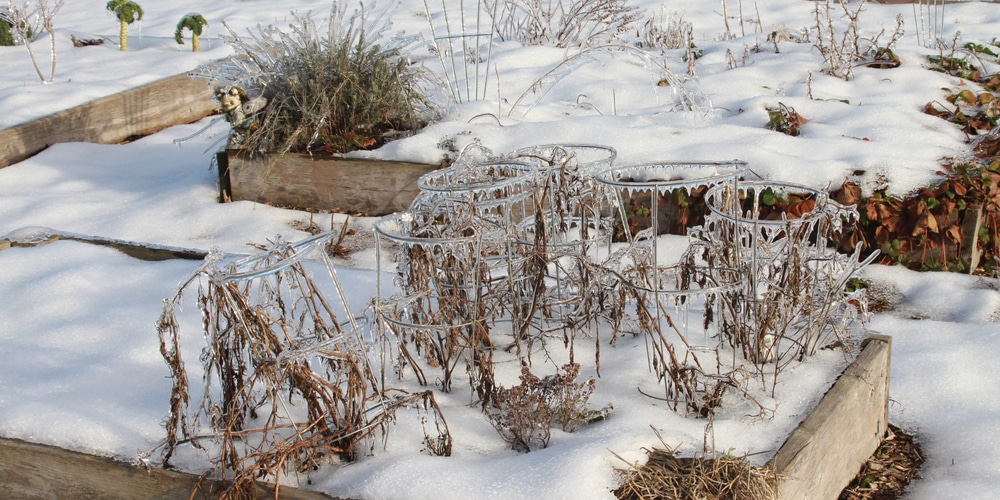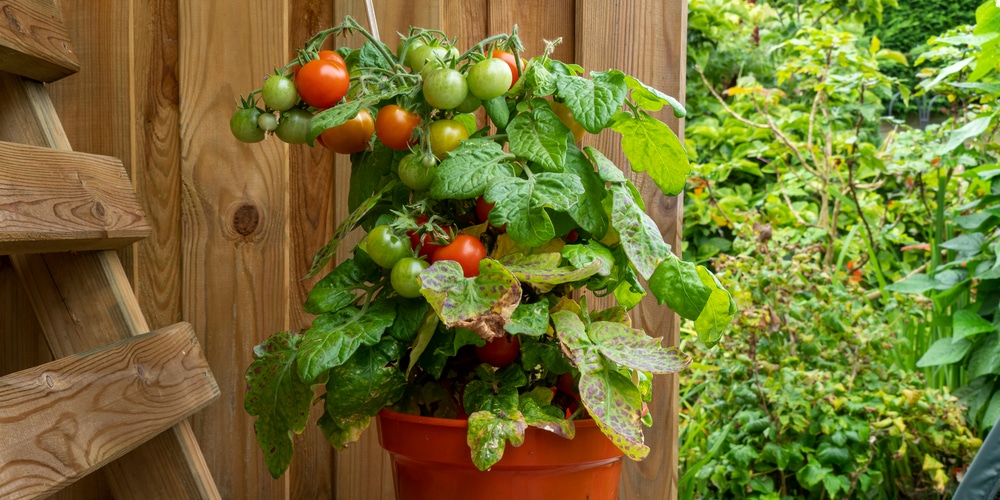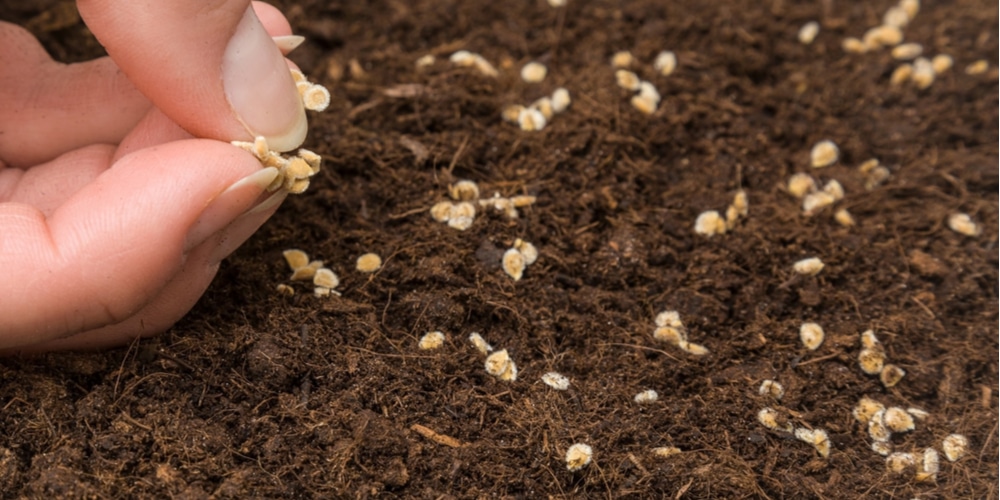The ever-popular tomatoes are gardening staples for those who are lucky enough to live in a warm climate. With a high tolerance for hot weather and extreme cold sensitivity, you might wonder if tomato plants will be able to survive in your region. Will 40 degrees kill tomato plants?
What Temperature Hurts Tomatoes?

Tomato plants will not die if they experience a 40 degree F (or 5 degrees C) temperature. The truth is, temperatures that are 32 degrees F (or 0 degrees C) and below are the ones you should look out for, as those will kill your tomatoes.
However, you should note that temperatures below 55 degrees F (or 13 degrees C), will affect your tomato plants in terms of fruiting. This means that your plants will start dropping flower buds, and their existing fruits won’t grow to their full size or potential.
A temperature range of 33 to 40 degrees F will stunt a tomato plant’s growth, and cause wilting and injuries.
Also, the more your tomatoes experience this temperature range the greater the extent of the damage. Tomatoes are not known to come back or recover from frost damage, and fruit production won’t be the same as well.
It might be better to discard affected tomatoes and start over rather than keep the plants around.
What Temperature Will Kill Tomatoes?

Tomato plants will die if they’re exposed to frost that is lower than 32 degrees F (or 0 degrees C).
The warm-loving fruiting species will not tolerate even short periods of being exposed to freezing temperatures.
After suffering damage, the stems and leaves will turn dark, brown, and wilt. The tomato plant dies shortly afterward and there’s almost nothing you can do to stop the process.
Your tomatoes might be able to survive freezing weather if you provide some sort of protection. You can add a row cover to raise the environment temperature from 3 to 5 degrees, or cover them using an old blanket or bed sheet.
Alternatively, you can add an inch or two of mulch around your tomato plants to keep the roots warm.
What is the Best Temperature for Tomato Plants?
The recommended temperature range for tomato plants is somewhere between 70 to 85 degrees F (or 21 to 29 degrees C). Cherry tomatoes are the only variety that can tolerate a wider range, but only slightly.
Blossom drop, or when the plants flower but don’t set fruit is caused by high daytime temperatures. Anything above 85 degrees F will interfere with bud pollination and cause it to drop.
Other reasons include dry soil conditions and strong winds, so make sure you plant your tomatoes where they can get shielded from the elements. Also, water regularly so the soil stays moist consistently.
It’s worth noting that cold temperatures outside the recommended growing environment (below 70 degrees) will also cause flower drop, stunted plant growth, and lower yields.
Tomato plants might be easy to grow and start from seedlings, but they have to stay in locations that aren’t too cold nor too hot. In many states, the recommended time to plant tomatoes is in spring and after all the risk of frost has passed.
How to Plant Tomato Seeds
Tomato seeds can be started indoors early. You should sow them at a depth of a quarter-inch with a pre-moistened soil mix. Once the seeds have sprouted, it’s recommended that you expose them to natural bright light, or with the help of a grow light and in a warm area in your house.
Tomato seedlings will require their growing medium to be constantly moist. Use a spray bottle to moisten the medium or a plastic cover or dome to keep humidity levels high.
Air circulation is important as well- you can place a small oscillating fan or open a window for a few hours each day to let fresh air in and move around the room.
Once the seedlings have two or three pairs of true leaves, and when the outside weather has warmed up, then it’s time to transplant them into your garden.
Harden them off first by exposing them to bright indirect light and gradually putting your tomato plants in direct sunlight. Don’t forget to check the soil moisture and water when the surface of the soil is dry to the touch.
Related Article: Will Pepper Plants Recover From Frost?

